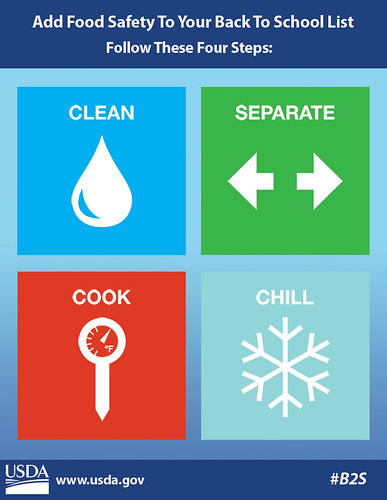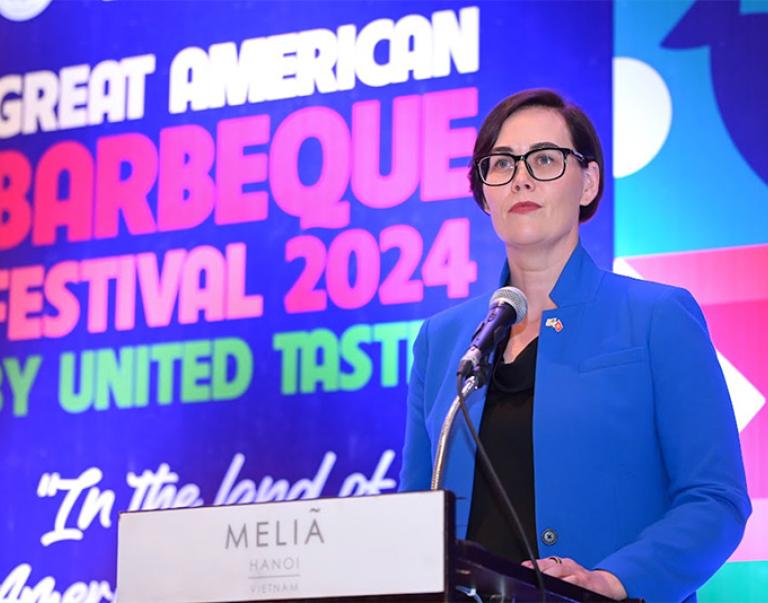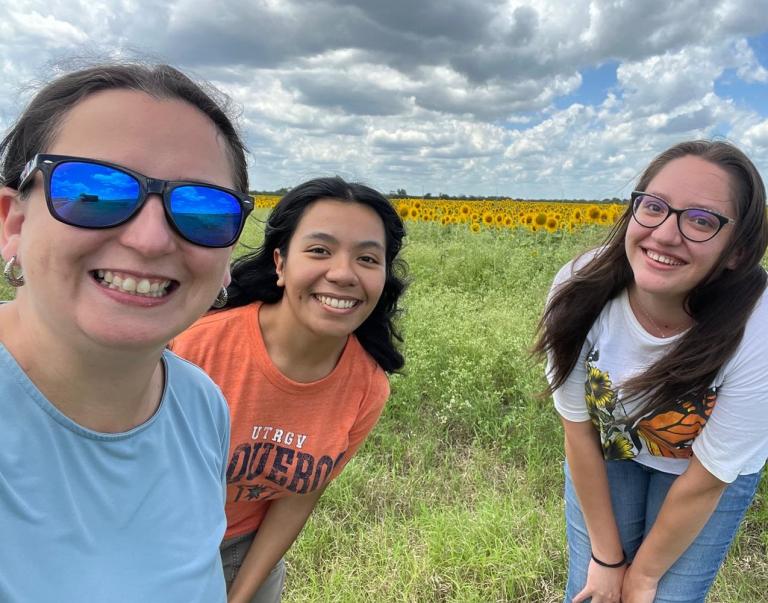
“Aw, Mom, I’ll be fine,” says a teen off to college for the first time when cautioned about handling food safely.
An elementary school student tells his dad not to mention putting the cold pack in his lunchbox. “Don’t bug me in front of my friends,” says the gradeschooler who feels embarrassed. “Charlie’s folks don’t make him keep his lunch cold.”
Strong, healthy students of all ages may feel invincible to becoming ill from food. It may be the “superhero” mentality of video games and movies or just the optimism of youth. After all, if the food looks and smells good, what can be wrong with it?
But anyone can become ill from food that’s not handled safely. Invisible bacteria can fell the “invincible.” And just as Superman can’t see through lead, people can’t see bacteria. For example, unrefrigerated meat sandwiches and pizza left out overnight in a dorm room are a breeding ground for bacteria that double in number every 20 minutes.
That’s one reason the U.S. Department of Agriculture (USDA) recommends following four easy Food Safe Families steps to help avoid foodborne illness when packing lunches for school kids or for college students handling food on their own. Here’s how “Clean, Separate, Cook, and Chill” connect with back-to-school food safety. Think of them as a “Fantastic Four.”
Clean: Bacteria are the super hero’s arch enemy. One would think it’s a no-brainer to wash hands before preparing food and before eating it. But have you ever seen a super hero do it? Think of soap as the Green Lantern’s Power Ring. Washing hands is one of the easiest steps, but based on statistics, not washing hands is a major cause of foodborne illness. Peer pressure or not, the first line of defense for students is to wash hands with warm, soapy water for at least 20 seconds. No access to water? Pack moist towelettes or a gel sanitizer in a lunch box or bag.
Separate: Wonder Woman’s Lasso of Truth can restrain a villain from attacking a victim. Accept the quest to keep foods apart when preparing a lunch. Bacteria from raw food can contaminate safely prepared food or food that won’t be cooked, such as raw veggies or salads. Wash insulated lunch totes or boxes with hot soapy water after each use. And don’t reuse sandwich wrappings or paper lunch bags.
Cook: Bombard that meat with heat like the Human Torch. Cooking kills bacteria. When using the microwave oven at college, cover food to hold in moisture and to promote safe, even heating. Follow microwaving directions on frozen convenience foods. Wield a food thermometer like a lightsaber, and test the temperature of the food to make sure it reaches a temperature high enough to kill bacteria. For leftovers, that means heat until the food reaches at least 165 °F (73.9 °C) before eating it.
Chill: Be cool like Iceman. Chilling stops bacteria in their tracks, so keep cold food cold. Harmful bacteria multiply rapidly when perishable food is not refrigerated or being cooked. USDA calls the temperatures between 40 and 140 °F (4.4 °C and 60 °C) the “Danger Zone.” Perishable food transported without an ice source won't stay safe long. To keep lunches cold, include at least two cold sources (frozen gel packs, frozen juice boxes, or frozen bottles of water). Place them beneath and above the perishable food items. If there's a refrigerator available, keep perishable items there. Remember the “2-Hour Rule”: never leave food out for more than two hours, or not more than one hour if the temperature is above 90 ºF (32.2 °C). And, if there is any doubt, throw it out!!
Remember, bacteria are an equal opportunity menace that can make anyone sick—including super heroes. At the end of the day, our elementary student related, “Hey, Dad. I guess you were right. Charlie wasn’t at school today. I found out he got sick a few hours after lunch yesterday. Hmm. I guess it’s really important to keep my lunch cold.” Click here to watch a video and learn more.



